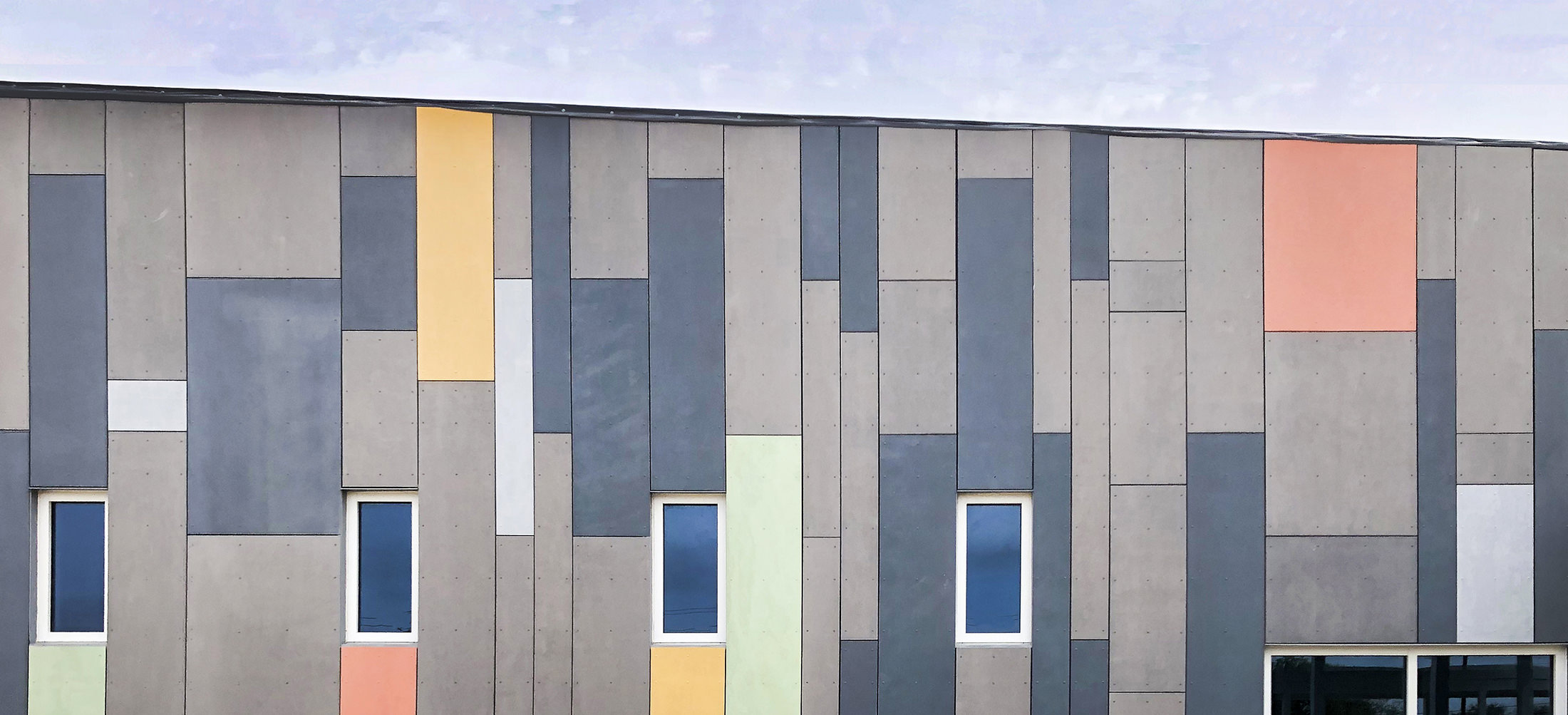
10.01.2020



On July 23, 2020, BRW Architects hosted a virtual panel discussion with local DFW school districts as a follow-up to discuss healthy environments for the kids as considerations were being made for the return of face to face instruction for the Fall 2020 semester. We were joined by industry expert, Adam Nemati, Principal with MEPCE, who was able to provide valuable insight into the HVAC best practices for COVID-19 response and what it will mean to make sure buildings are as healthy as they need to be and want to be.
Read more below or you can download the PDF article here.
School District Representative – As we are busy working with Bond construction this summer, we haven’t really had the opportunity to pivot towards how we will accommodate facilities for COVID. The majority of the work right now is trying to make this very rapid transformation with spacing. One of the nice things about the facilities receiving new furniture is that we can now accomplish social distancing but for many facilities, the old-style furniture takes up more room and makes it a bit more difficult and stagnant.
Most of the social distancing needs are really happening inside the building. It’s going to be interesting as we get this next round of newer projects, how much we will do to create more sanitary environments. How much will we do to accommodate the students for COVID when we don’t know for how long and we know it’s not a forever situation. It’s going to be difficult to balance what we know now with how much money we will spend on design and construction for a very dangerous situation, but not one that will necessarily last.
Adam Nemati (MEPCE) – It’s interesting because prior to COVID, there was a focus on energy savings in our industry. Some owners were putting a little bit more emphasis on human capital, productivity, and efficiency. And as a result, we are seeing measures such as greater indoor air quality, lead to less employee, student, or staff sick days. When the operational cost of sick days is compared to the energy savings from decreased ventilation, we notice that the cost of a sick day far exceeds the energy savings. Now with the pandemic, our focus is squarely on indoor air quality which is great because it provides permanent value to everyone. We hope this becomes best practices for everyone.
When an infected person sneezes or coughs, they’re emitting SARS-CoV-2, an RNA virus, on a carrier, generally in the form of respiratory droplets which have a various weight size, up to several microns. Most spaces have a supply in the ceiling and a return in the ceiling. That scenario does allow the droplets emitted from a sneeze or cough to be returned to the air handler or terminal unit. Those droplets typically land on surrounding surfaces.
However when you speak, you are emitting very small droplet nuclei which evaporate causing the virus to become free. That’s when it becomes a problem that we need to address with HVAC systems. It takes a certain concentration of the virus for a person to inhale to become infected. It varies person by person depending on several factors. To minimize the spread of large concentrations, we’re trying to dilute, compartmentalize, or preferably exhaust the contaminated air.
Most recently, some of the strategies that we’ve been implementing include putting classrooms or any other spaces on individual zones so that we’re returning the air from that space and not spreading it to other spaces. Other strategies include increasing ventilation as much as possible. If it’s a new building, we have more options. But if it’s a retrofit, we have some limitations such as only increasing the ventilation as much as the system will tolerate, improving the MERV rating of the filters, installing UV/C lighting, or bipolar ionization.
Generally, MERV ratings of filters are dependent on the size of particulate it can capture. So the bigger the particle, the easier it can be captured. The higher the MERV rating, the more static pressure that’s induced on the system so you have to evaluate overall system static pressure on existing equipment. For example, a MERV 13 filter, which is one that we typically see on a typical school project will only capture about 50% of any particle less than one micron in size. Whereas a MERV 16 can capture 95%. HEPA rated filters can achieve 99% or greater. Disabling air to air energy recovery or demand ventilation are other strategies that we’re utilizing to improve indoor air. Maintaining the right humidity range between 40 % and 60% humidity, limits the transmission of the virus. Around Dallas-Fort Worth, luckily, we’re able to meet that range most of the time.
Adam Nemati (MEPCE) – The MERV rating of a filter will affect the amount of static pressure that’s induced on the system. When you go from a MERV 13 to a MERV 16, you’re adding about one to two inches of static pressure onto your system. Generally the systems are designed to be able to handle a calculated amount of static pressure. The system will require more energy to push air through a higher rated MERV filter. For new systems, this would simply be calculated in the system design. For existing systems, there can be a limitation. It’s recommended to conduct a measurement of the actual total static pressure of each system.
School District Representative – The single operable window typically prescribed in school facility design guidelines has limited benefit for bringing in fresh air. We also find that they create more of a maintenance issue than benefit due to their limited use by teachers in our climate.
We have been shifting to removing that operable window from the classroom. It becomes a security issue from the outside of the envelope, and it’s an added expense. Windows in our older buildings provided passive ventilation prior to central HVAC systems. So, the question becomes — what benefit does one operable window have in say an 800 square foot classroom now?
Adam Nemati (MEPCE) – The benefit of an operable window is that it allows positive, negative, or neutral pressurization with fresh air. It provides a great way to achieve air exchanges. The more we can dilute the concentration of the virus, the more we minimize the possibility of infection.
Adam Nemati (MEPCE) – The operable window provides an opportunity to have laminar air flow which has the ability to carry heavier particles or potentially droplets.
Adam Nemati (MEPCE) – The systems and spaces are outfitted with sensors that monitor out of range conditions. The HVAC systems can be designed to maintain a range or particular temperature, humidity, and/or pressure setting.
Adam Nemati (MEPCE) – There are many other circumstances that may limit the use of RTU’s especially in existing buildings. You could create individual zones, provide dedicated outside air systems, and utilize ducted returns. We have heard from school districts that the amount of maintenance required for individual units is too much so they would prefer more centralized equipment. However, this causes zones to become larger which will require more space all around.
School District Representative – The windows are not always going to be open, some will be open, some will be closed; it’s going to be hot, it’s going to be cold. Considering all the options that you have, variables from classroom to classroom make windows a challenge. Conditioned appropriately means you have good controls. Right?
Adam Nemati (MEPCE) – The ability of the system to maintain certain conditions under large load swings can be accomplished if the system is designed properly. Often systems will rely heavily on controls to accomplish this. Coordination with the building operator regarding desires to control versus monitor conditions will be required to develop the points list of the equipment.
School District Representative – Another disadvantage of a rooftop unit is you have to have the structural supports to hold it and some of our older buildings were not built to hold a rooftop unit. So, you must go in there and reinforce the structure. You have to find routes to get the ductwork in and that’s really difficult in an existing building with low roof or floor to floor height that was built prior to centralized air.
Some schools built in the 1940’s and 1950’s have classrooms that can self-ventilate by opening windows. It is our experience that in these cases working with the existing conditions, may make sense. Especially during COVID where teachers may be more likely to use them. Otherwise, they don’t use them because no one tells them to do so. It seems that depending on the age and condition of the building will inform the right system.
School District Representative – We just haven’t had enough time to react to it other than just dealing with the existing space. So how facilities get designed from now into the future is going to be interesting. Certainly, with all the projects that we have on the board right now, there’s little time to accommodate that. The existing building renovations do not have the budget to make radical changes. We have TEA facility guidelines that we must adhere to for security upgrades along with building code requirements for storm shelters.
There are so many demands now with a limited budget and there are just so many other things that need to be addressed in these older buildings to make them safe. In lieu of making physical changes to the building, it will primarily be changes to the mechanical systems that will be made.
School District Representative – Our financial side would be looking at alternative funding sources. The big stimulus bill that they’re talking about now is money to reopen schools. There is such a need to accomplish the sanitary requirements needed to start back to school in addition to providing shields and other personal protective measures.
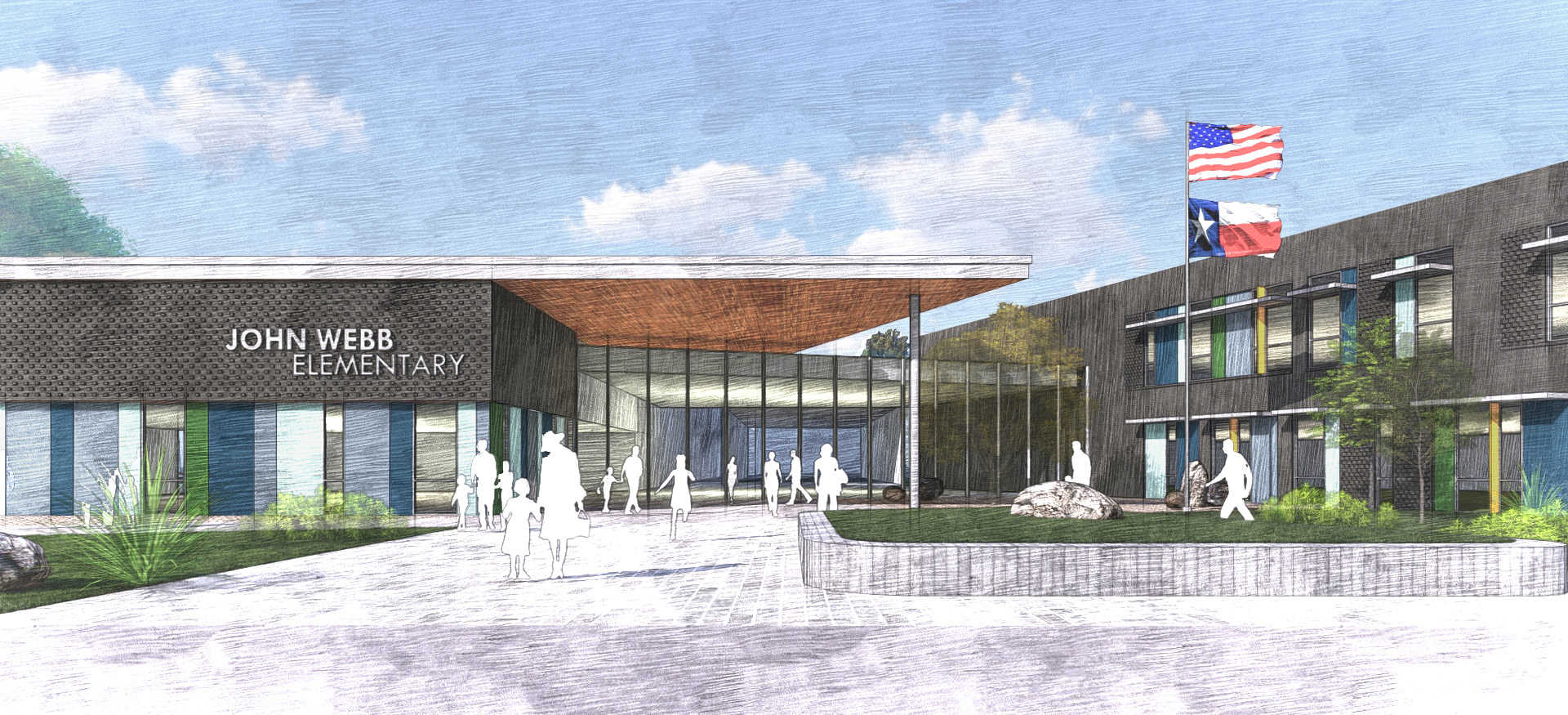

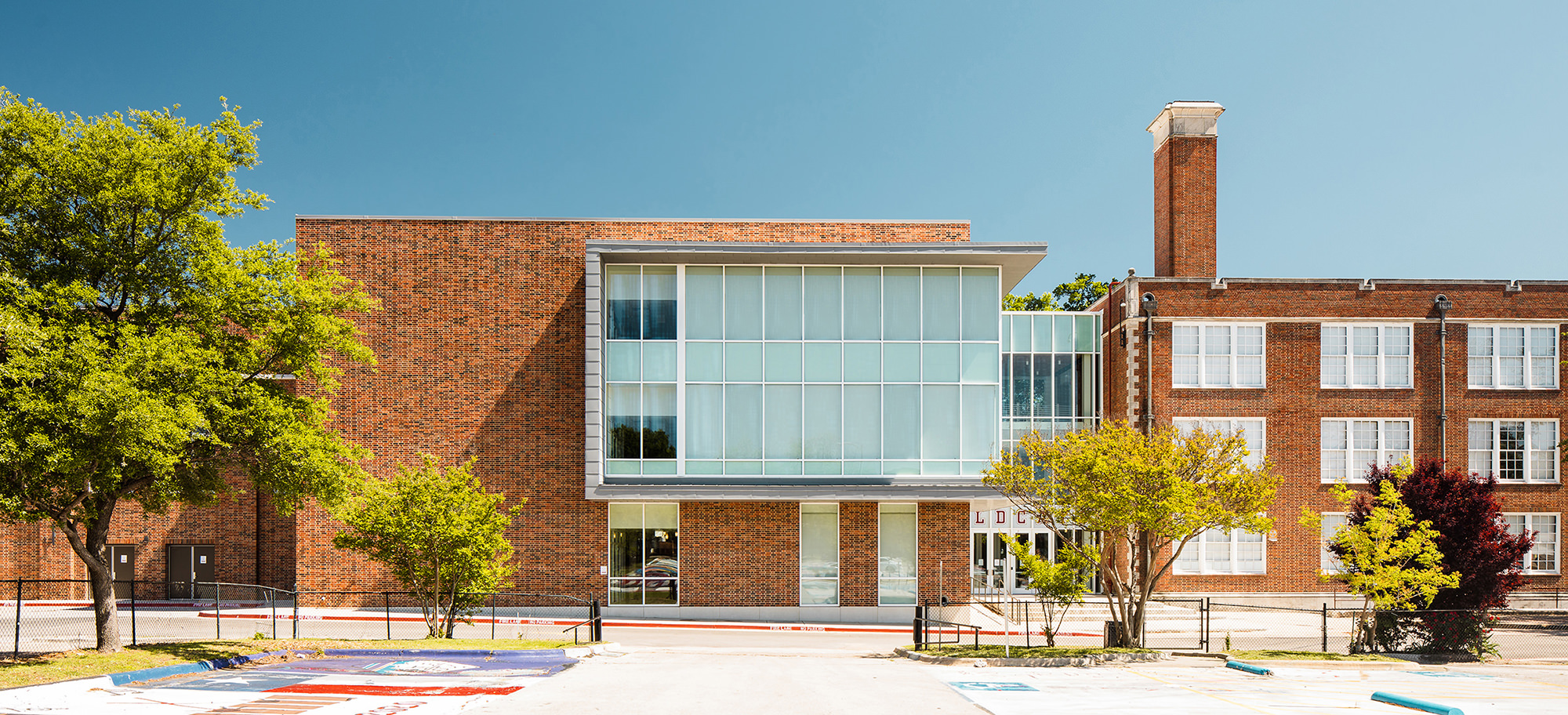


2023 Texas Fire Chiefs Association Annual Conference
March 20-23, 2023
Waco, TX
Attending is: Peri Sutton, Traci Anderson, Stephen Hilt, and Ray Holliday
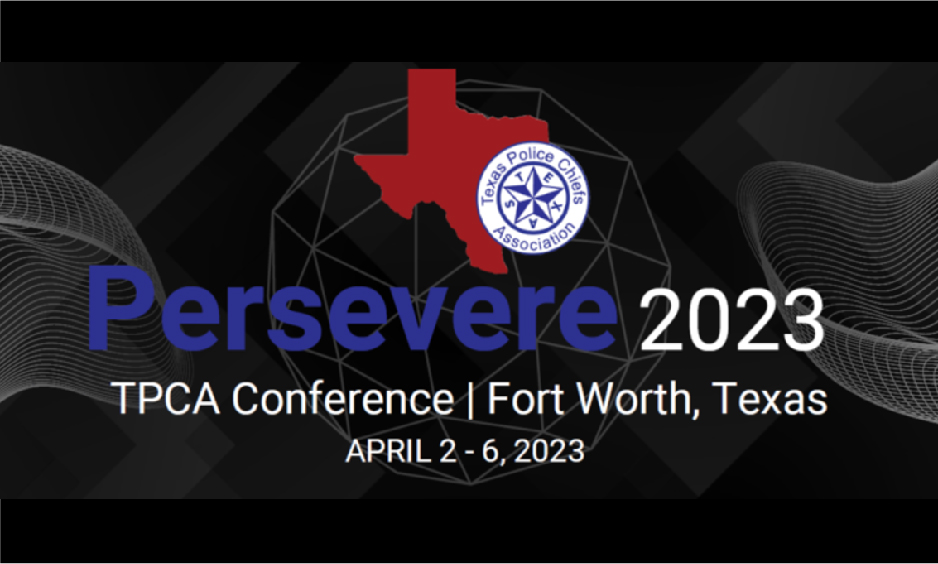
2023 Texas Police Chiefs Association
April 2-6, 2023
Fort Worth, TX
Attendees: Garrett Barker, Peri Sutton, Fred Clifford, Justin Dreyer, Stephen Hilt, and Ray Holliday

2023 A4LE Annual Southern Region Conference
April 3–6, 2023
Tulsa, OK
Attendees: Lisa Lamkin, Kathy Lee, Steve Johnson, and Anne Hildenbrand
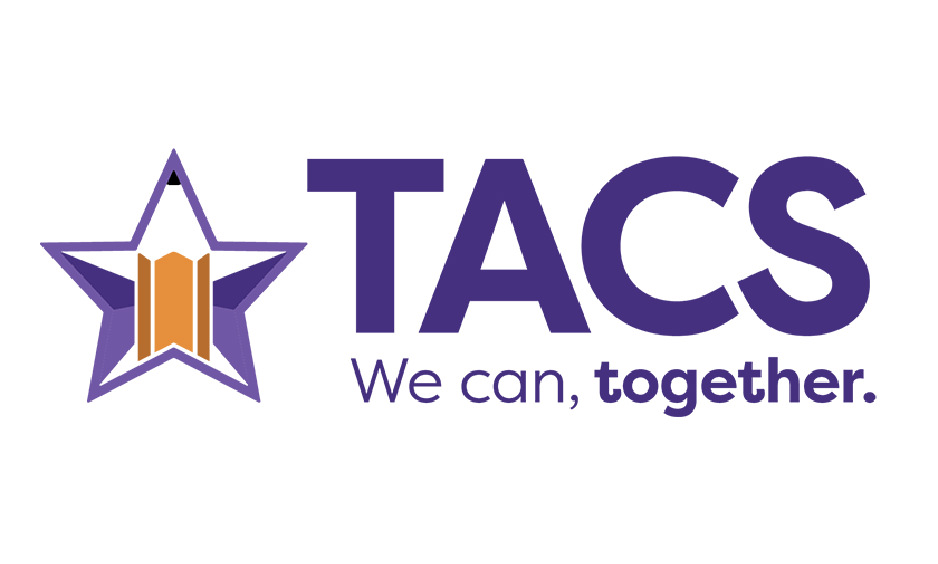
2023 TACS East Conference
April 5, 2023
Tyler, TX
Attendees: Rusty Crawford and Jeffrey Choyce

Dallas White Rock Lake Clean up
April 8, 2023
Join the BRW Dallas team in giving back! We will meet at 8007 E Northwest Hwy, Dallas, TX. As a group we will clean up the area around White Rock Lake from 10:00AM – 11:00AM.

2023 Texas Library Association (TLA)
April 19–22, 2023
Austin, TX
Attendees: Matthew Duggan, Traci Anderson, Fred Clifford, and Stephen Hilt

2023 Station Design Conference
May 23–25, 2023
St. Louis, MO
Attendees: Marcus Gibbon, Peri Sutton, Stephen Hilt, and Ray Holliday

2023 TASA TASB Convention
Sept 29–Oct 1, 2023
Dallas, TX
Attendees: Rusty Crawford, Lisa Lamkin, and Jeffrey Choyce
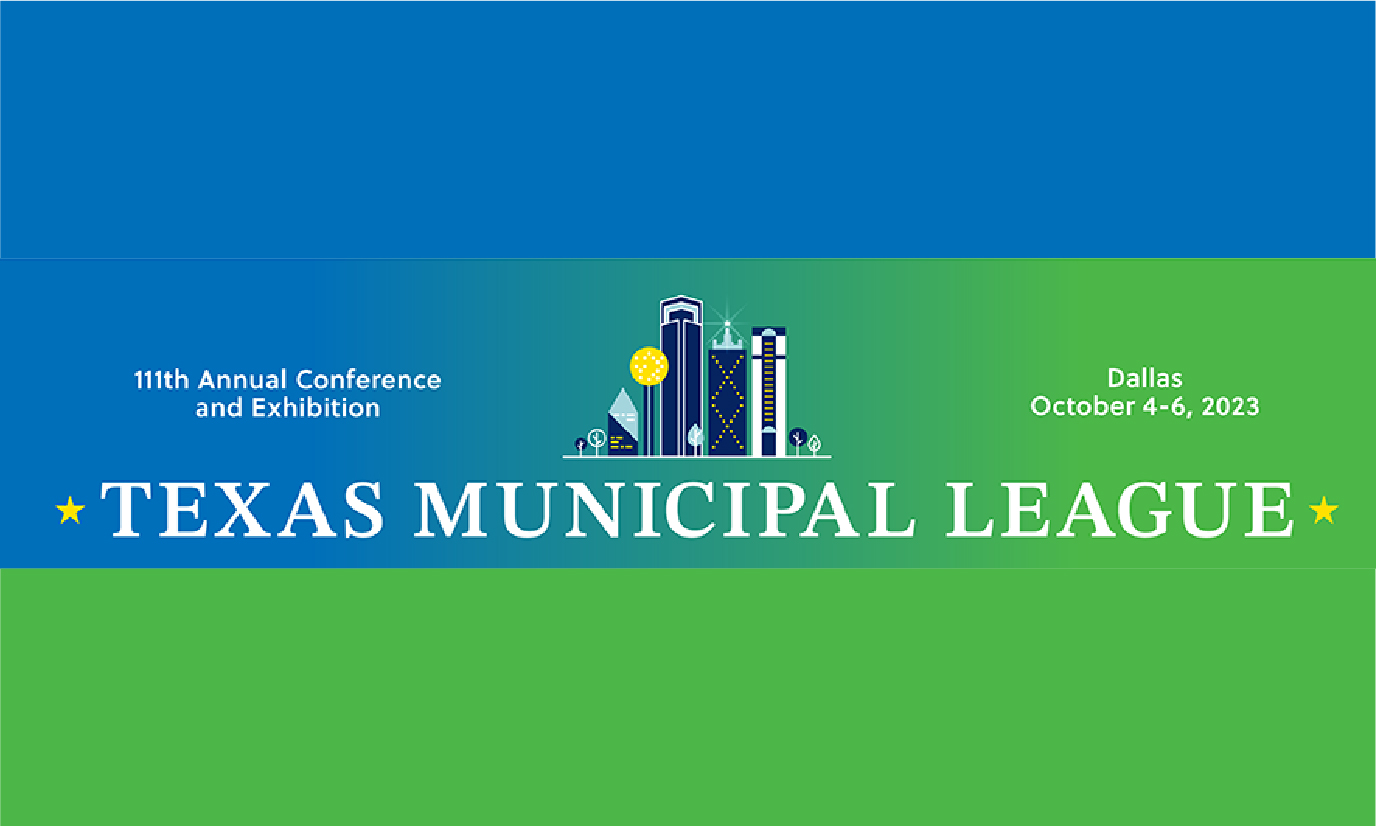
2023 Texas Municipal League (TML)
Oct. 4–6, 2023
Dallas, TX
Attendee: Fred Clifford